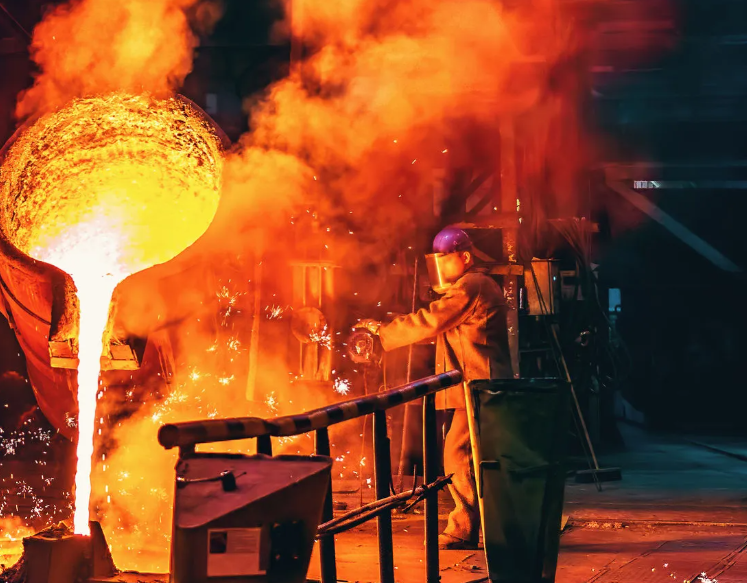
Global Steel Production Capacity Set for Major Increase
The Organization for Economic Cooperation and Development (OECD) has forecasted that global steel production capacity will rise by 6.7%, or 165 million tonnes, between 2025 and 2027. Nearly 60% of this increase will come from Asian economies, primarily China and India. This growth will likely contribute to global steel overcapacity, despite the expected slow growth in global demand.
Steel demand is predicted to grow by a mere 0.7% annually through 2030, with China seeing a decline, the OECD region remaining stable, and more significant growth occurring in developing regions such as ASEAN and MENA (Middle East and North Africa). This disparity in growth rates, combined with rising production capacity, suggests that global steel overcapacity may worsen, putting pressure on even the most competitive producers.
As a result, capacity utilization is expected to fall to around 70%, which would likely place additional strain on the industry. The OECD notes that steel prices, which peaked in 2021, have already fallen to historically low levels, with profitability following a similar trajectory. However, they seem to be stabilizing at the bottom.
The Role of Subsidies and Trade Measures
The OECD’s report highlights that subsidies in non-OECD countries, particularly in China, are distorting global competition. China’s subsidization levels are more than ten times higher than those of OECD countries. This support includes below-market borrowing, subsidized energy prices, direct grants, and preferential tax treatment.
The rising steel exports from China have led to increasing trade measures globally. In the past year alone, 19 governments launched 81 anti-dumping investigations into steel products, up from just 16 cases the year before. These trade measures are largely aimed at protecting domestic markets from cheap, subsidized steel exports, with China accounting for more than a third of these cases. Additionally, many countries have implemented higher tariffs to protect their steel industries.
This growth in Chinese steel exports is also contributing to a rise in trade diversions, as affected producers attempt to circumvent trade restrictions by redirecting their exports to other regions. Between 2013 and 2020, suspicious trade volumes accounted for 17.6% of total steel trade, amounting to 21.5 million tons.
OECD’s Warning on Overcapacity and Decarbonization
The OECD’s report stresses that overcapacity is negatively affecting the steel sector’s ability to invest in decarbonization technologies. Of the new steel capacity expected by 2027, more than 40% will be based on traditional high-emission Blast Furnace/Basico Oxygen Furnace (BF/BOF) methods. These methods continue to dominate the industry, making it difficult for the sector to meet sustainability targets and reduce its carbon footprint.
While global steel overcapacity is becoming a significant issue, the OECD calls for enhanced international cooperation to address these challenges. Strengthening global collaboration is vital for managing overcapacity and supporting the industry’s long-term transition toward more sustainable practices.
SuperMetalPrice Commentary:
The OECD’s projections on global steel production capacity growth reflect a complex and challenging future for the steel industry. Despite the increase in capacity, slow demand growth and the continued rise of overcapacity could place considerable pressure on producers worldwide. The ongoing trade measures and subsidization policies, especially in China, will likely exacerbate the issue. For steel producers to thrive in the coming years, they will need to adapt to market fluctuations, embrace decarbonization efforts, and collaborate internationally to mitigate overcapacity risks.
The industry’s path toward sustainability is still uncertain, but with strategic investments and international coordination, there is hope for long-term transformation. The increasing focus on decarbonization and trade measures will play a crucial role in shaping the future of global steel production.











Leave a Reply
You must be logged in to post a comment.